A Lifetime of Design: Sir Terence Conran
From textiles to furniture, architecture, restaurants and book publishing, British designer Sir Terence Conran is one of the foremost figures of the late 20th century. A man of many talents, his simple, streamlined designs had widespread, mass appeal. Perhaps best known for founding the Habitat stores and penning the iconic 1970s lifestyle publication The House Book, Conran was also a widely influential fabric, pattern and furniture designer, whose aesthetics reflected influences from the Bauhaus, post-war Modernism and Scandinavian craftsmanship. He said in one of his later interviews, “I’ve spent a colourful lifetime working in design and everything related to it.”
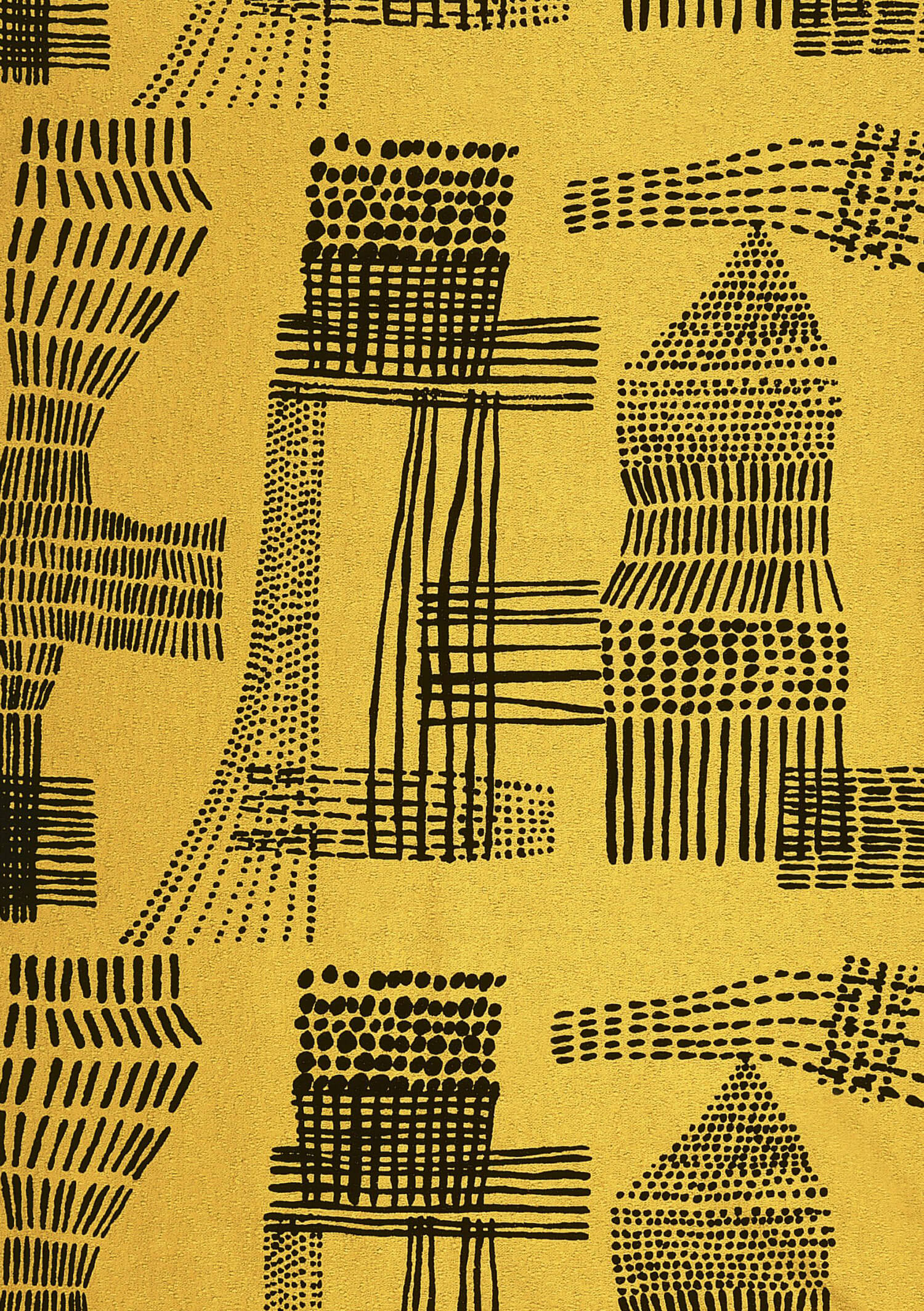
Furnishing fabric designed by Sir Terence Conran, 1953. Mus. no. CIRC.503A-1953 © Image Victoria and Albert Museum
Conran was born in Kingston Upon Thames, London in 1931. In 1948, he enrolled in the Central School of Arts & Crafts (now Central St Martins) to study textiles. Two years later, he left his degree without completing it, choosing instead to open a workshop with his former tutor, the artist Eduardo Paolozzi, where both began producing hand-made furniture. Conran worked on a tight budget, making crafted objects using reclaimed materials and textiles from Petticoat Lane market. In the following years Conran pursued an apprenticeship with architectural firm Dennis Lennon & Associates, with whom he produced a display for the epoch-defining Festival of Britain in 1951.
From here Conran set up a furniture-making business called Conran and Co., in a small basement in London’s Notting Hill, where he produced furniture and fabric designs for major retailers including Gerald Holtom Ltd., Liberty, Edinburgh Weavers, the John Lewis Partnership and David Whitehead. The experience pushed Conran to found Conran Fabrics, a fabric retailer that promoted the work of a wide pool of textile designers including Natalie Gibson and Juliet Glynn Smith. Conran Fabrics became synonymous with a particular type of textiles that were brilliantly bold, experimental, and optimistic, celebrating the latest in cutting-edge, abstract pattern design which played a significant role in reinvigorating the declining British textile industry.
In 1956, Conran founded the Conran Design Group in London, which was primarily focused on the production of furniture, fabrics and interiors. The Italian designers Gio Ponti and Piero Fornasetti profoundly influenced Conran’s design aesthetic, lending much of his output a relaxed, continental, and timeless quality. He said in one interview, “My philosophy is best summed up by the phrase ‘plain, simple, and useful.’ Such things may not win many design prizes, but neither do they go out of fashion.”
Conran went on to establish the lifestyle brand Habitat furnishing stores in 1964, with his then wife Caroline Herbert, a brand which continued to promote the best of British and European design, selling fabrics, furniture, homewares and more. The brand became monumentally successful, fulfilling Conran’s desire to bring long-lasting, high-quality design into people’s everyday lives. Many of the items they sold continue to live on in our homes today, including continental quilts (or duvets), bean bags, and Japanese inspired paper lightshades. The store became the go-to place for young hipsters and students looking for style on a budget.
Over the years, Conran’s empire spread, not just with Habitat stores popping up across the UK, but also with a range of bigger retail holdings including Mothercare and Hepworth, not to mention his extensive range of restaurants and cafes. In 1974, Conran produced the legendary style guide The House Book, which accurately summed up his entire ethos for living well with a clean, laid back Scandinavian style. During the 1980s, Conran became even more ambitious, setting up the Conran Foundation, a museum space dedicated to promoting the latest in industrial design, which later evolved into the Design Museum, now in Kensington. He spent the 1980s and beyond working within the field of architecture, establishing the design consultancy Conran Roche with Fred Roche.
Looking back on the breadth and depth of his vast legacy before his death in 2020, Conran listed his many significant achievements: “… printing textiles, making furniture, retailing home furnishings, clothes, baby and children’s products… Our design group has designed everything from skyscrapers to cottages and interiors for anything from airport terminals and department stories to small shops and cafes.”





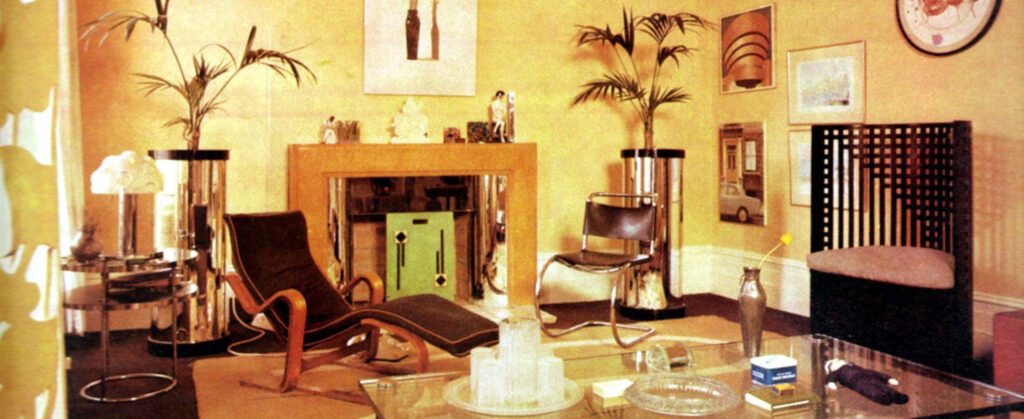
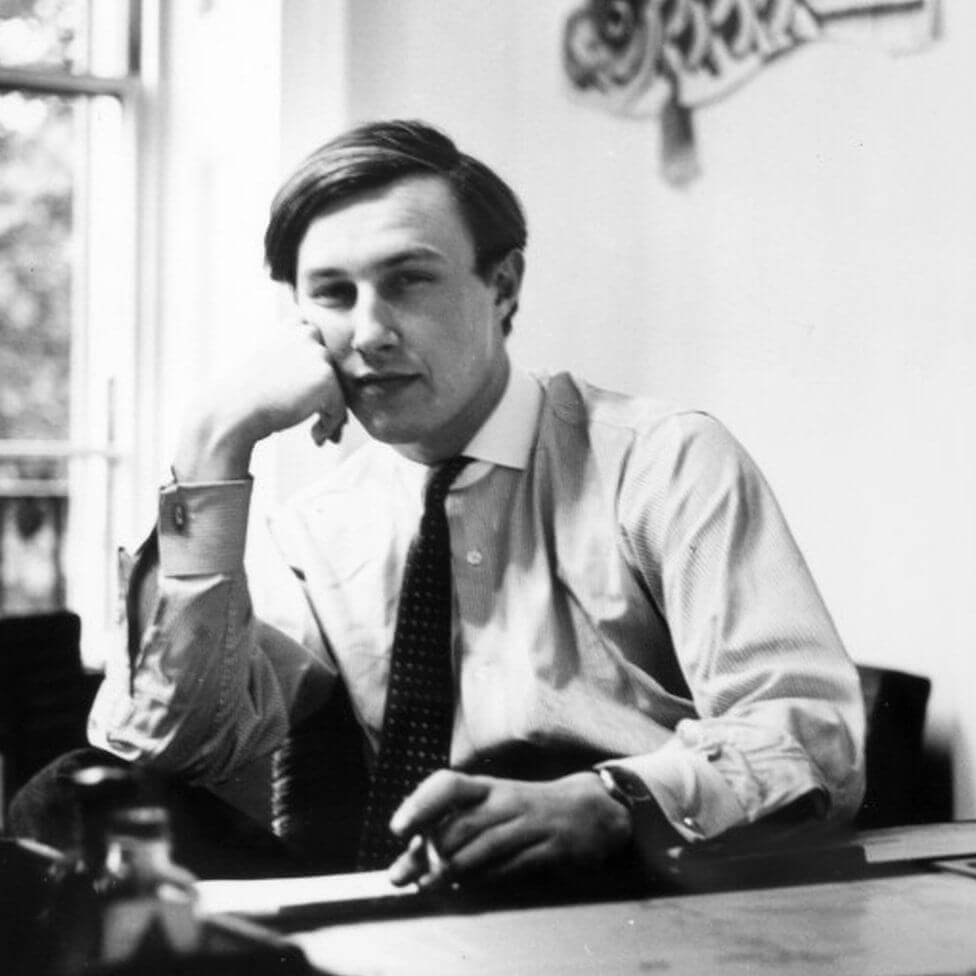
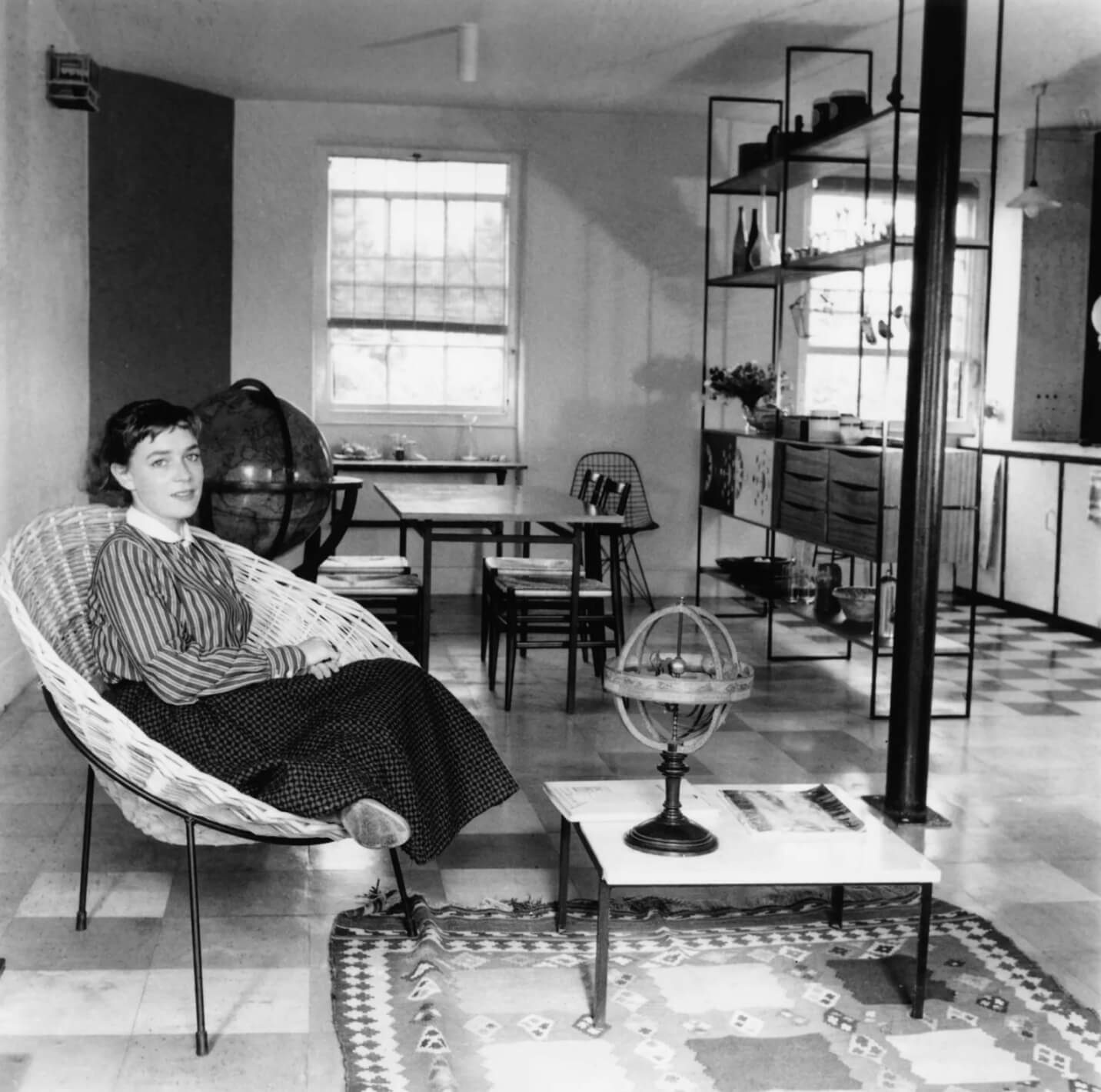
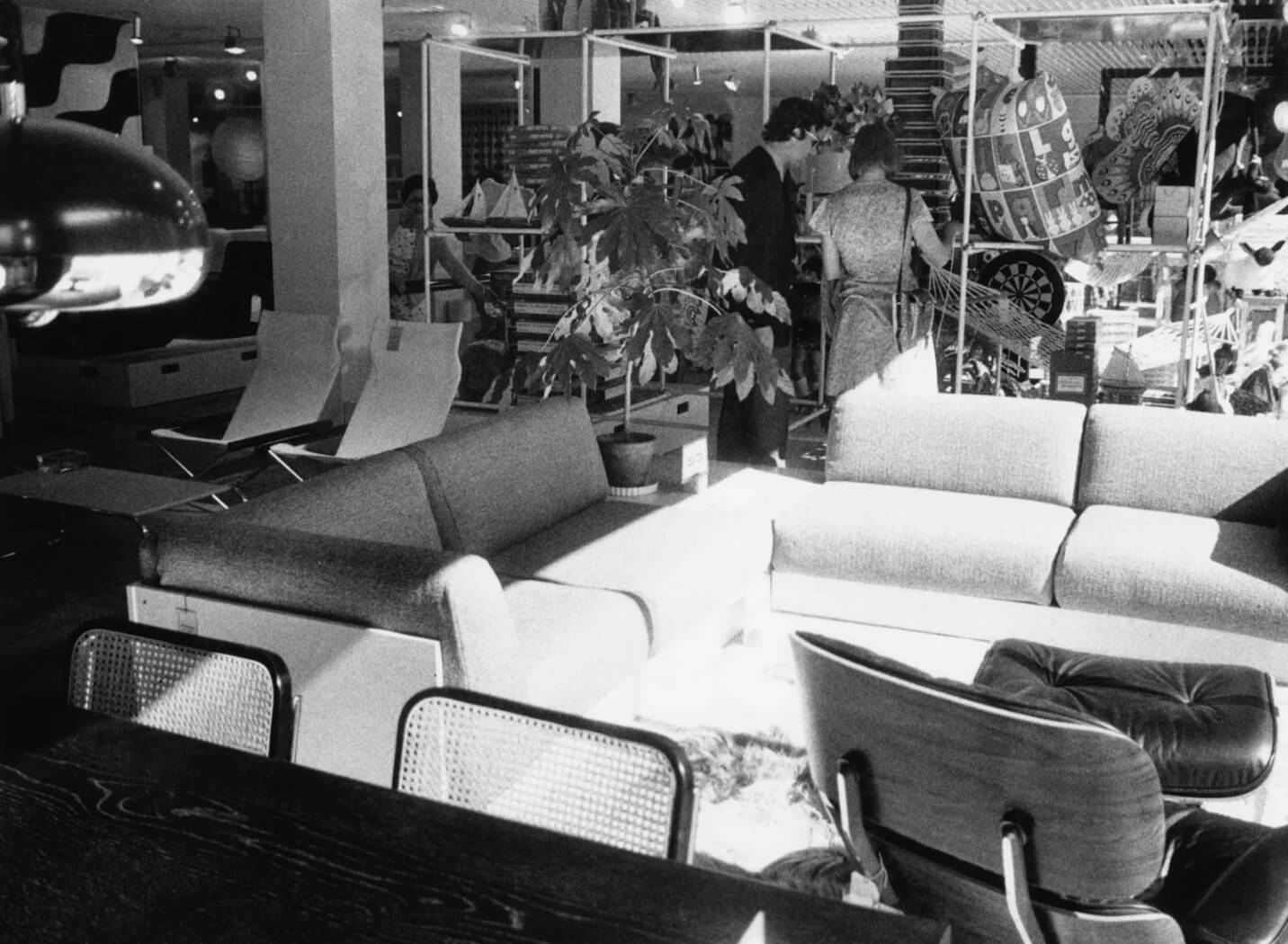
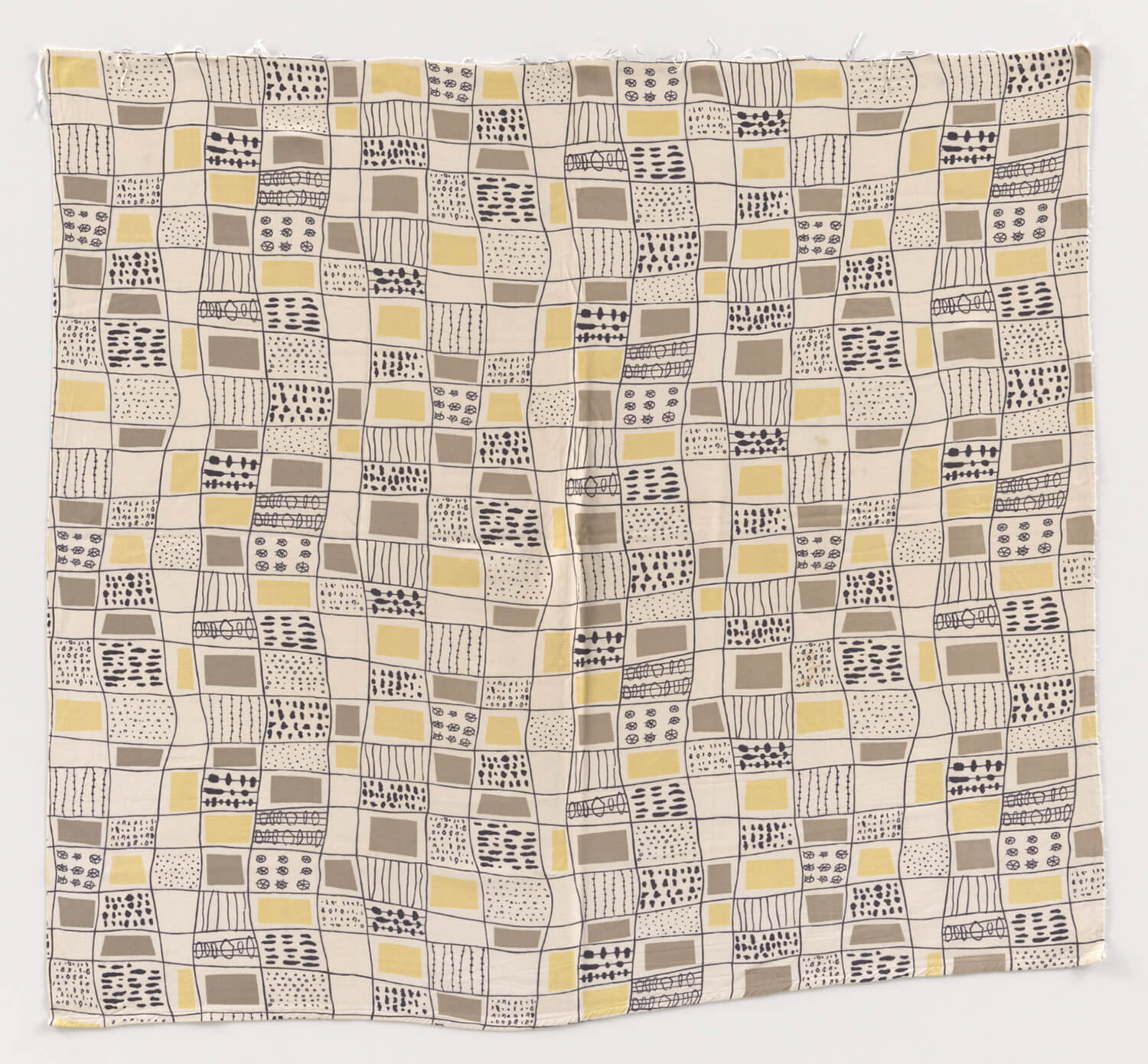
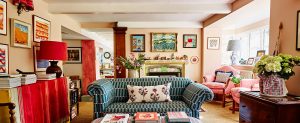
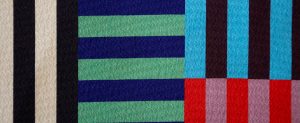



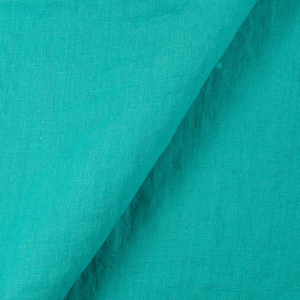


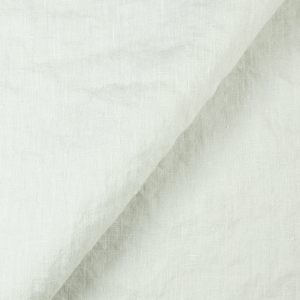

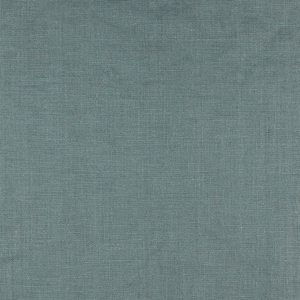






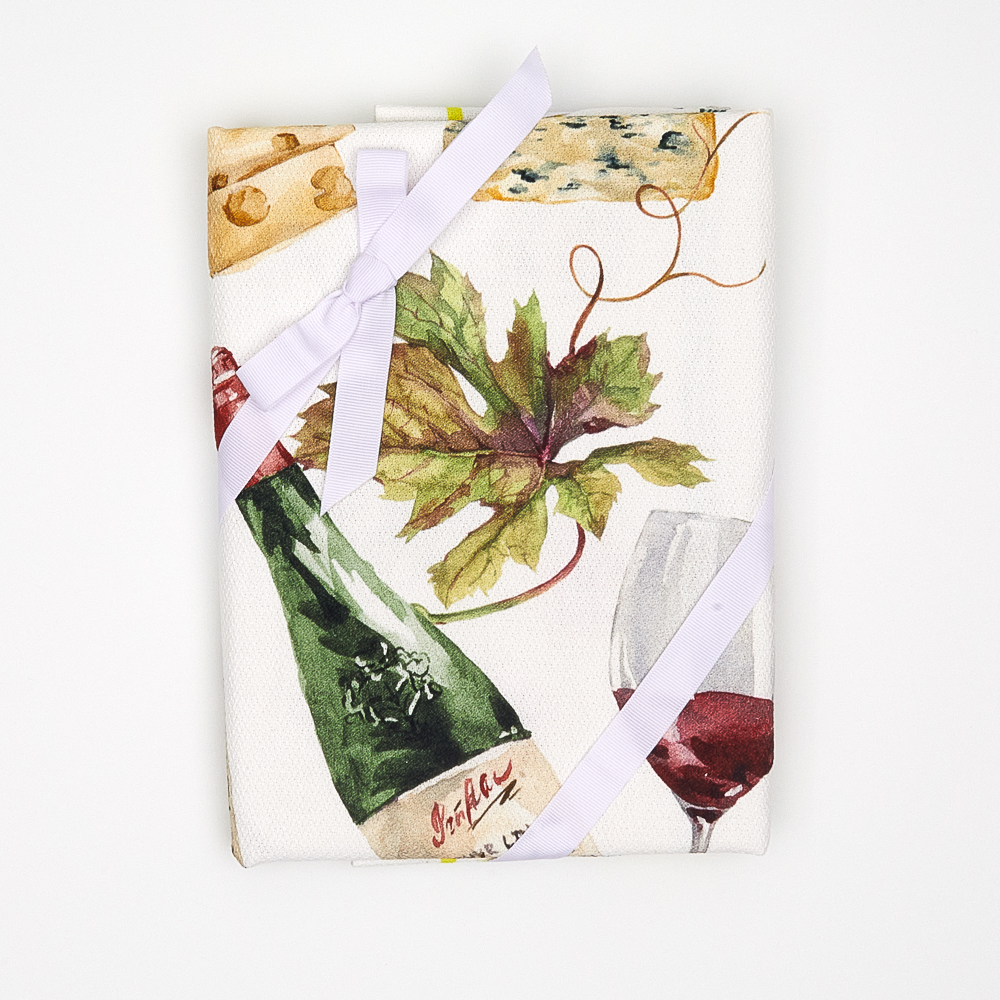













3 Comments
Pingback:
Sir Terence Conran: Democratizing Design for Modern Living - UK EstatesJoan McGuire
I first saw Conran’s The House Book when visiting a college friend in San Jose, CA, in 1974 or 1975. The book knocked me out, and I immediately ran out and bought a copy. I had grown up in a home where my Mom’s taste for the simplicity of Scandinavian style prevailed and Conran’s book further fired my imagination to color and simplicity in my own. apartments, and later in my house. I nearly wore out The House Book from constant reading and rereading of it. I’m sure I internalized the entirety of Conran’s book! It is really lovely to have been reminded of it, and of that time of life
Kate Renwick
The Habitat stores were my shopping ground when I was first married and the years have proved that Conran’s style was spot on. I do remember Shirley Conran writing a cookery book entitled. Life is too Short to Stuff a Mushroom” something else spot on! Or maybe it was just something she said!! A very meaningful article for me, thank you.